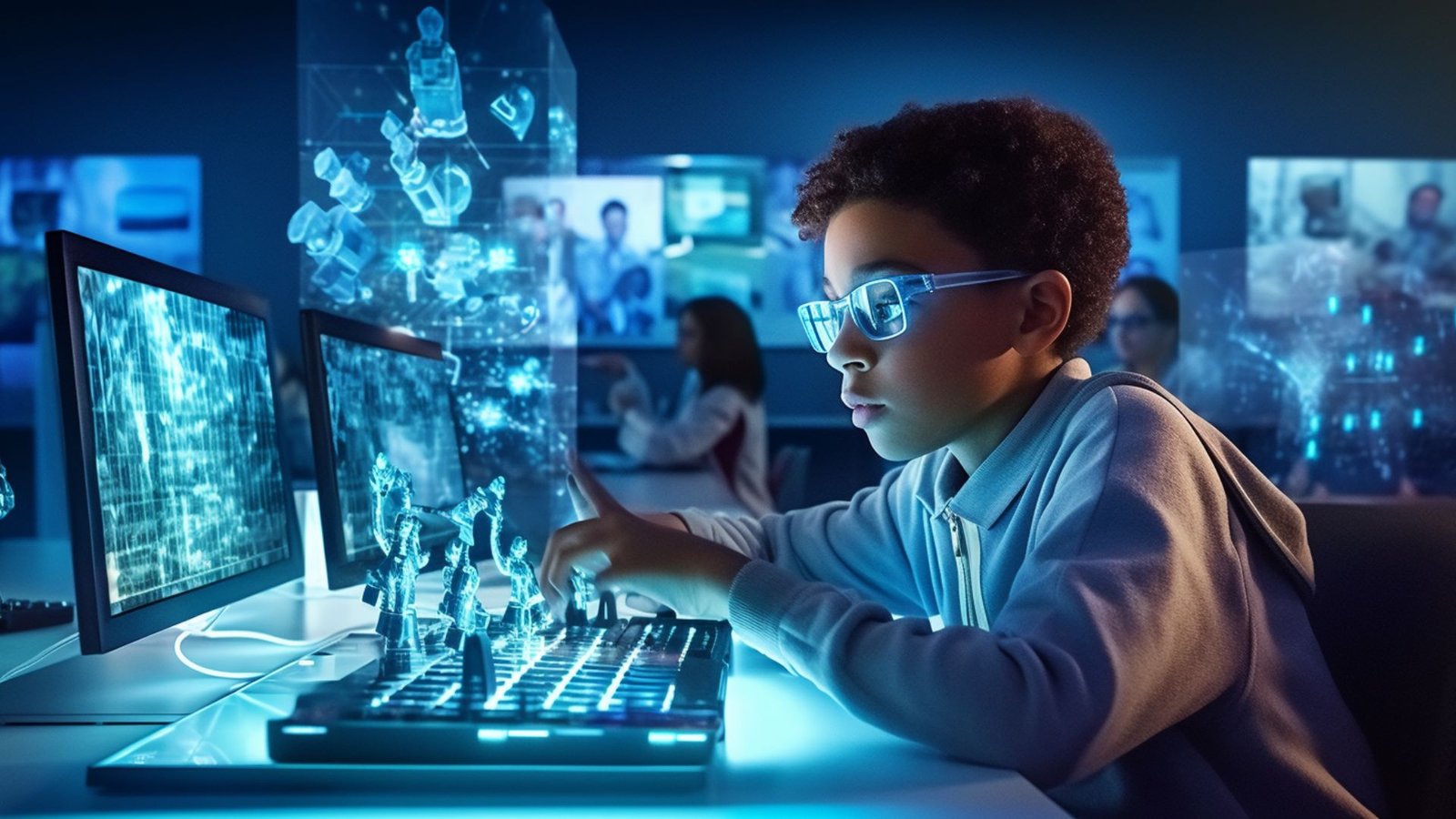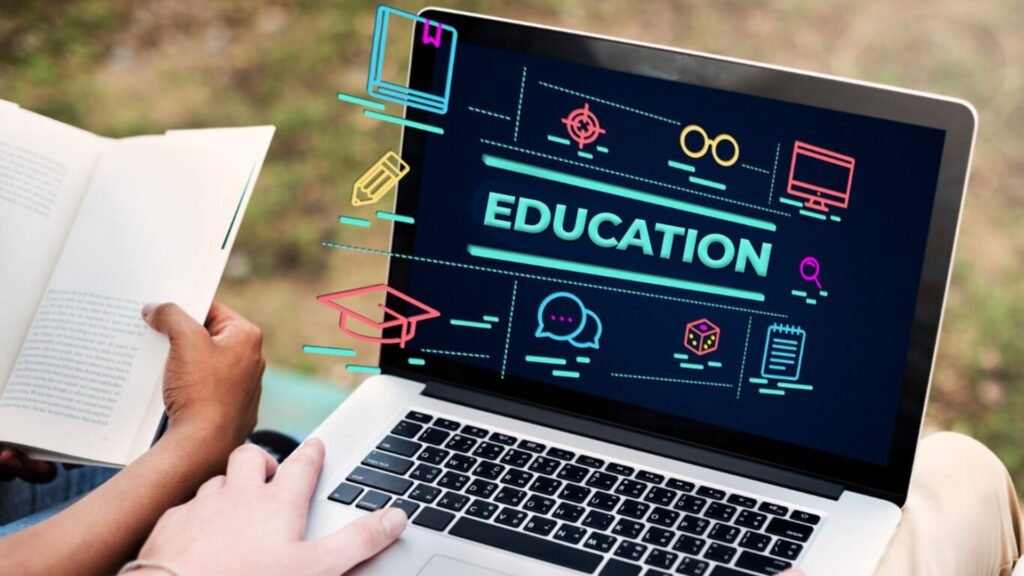Technology is revolutionizing education, reshaping how students learn, teachers teach, and institutions operate. The integration of digital tools and innovative technologies is creating new opportunities for personalized, accessible, and engaging learning experiences. This article explores the key ways in which technology is transforming education and what the future might hold for learners and educators.

Personalized Learning Through Technology
Adaptive Learning Platforms
Adaptive learning technologies use algorithms and data analytics to tailor educational content to individual students’ needs. These platforms adjust the difficulty of assignments and suggest additional resources based on a student’s performance, ensuring that each learner receives personalized support and challenges.
Learning Analytics
Data analytics tools help educators track student progress and identify areas where students may be struggling. By analyzing data from assignments, tests, and classroom participation, teachers can provide targeted interventions and customize lesson plans to better meet the needs of each student.
Customizable Learning Paths
Technology enables the creation of customizable learning paths that allow students to choose their areas of interest and pace of learning. This flexibility encourages self-directed learning and helps students build skills that are relevant to their personal and career goals.
The Rise of Online and Remote Learning
Online Courses and MOOCs
Massive Open Online Courses (MOOCs) and other online learning platforms have made education more accessible than ever. Students can now enroll in courses from top universities and institutions worldwide, covering a wide range of subjects without geographical constraints.
Virtual Classrooms
Virtual classrooms, powered by video conferencing tools, enable real-time interaction between students and instructors, regardless of their physical location. These platforms support lectures, group discussions, and collaborative projects, replicating the classroom experience online.
Blended Learning Models
Blended learning combines online and in-person instruction to offer a flexible and comprehensive educational experience. Students benefit from the convenience of online resources while still having opportunities for face-to-face interaction and hands-on learning.
Innovative Educational Tools and Resources
Interactive Content and Gamification
Interactive content, such as simulations, quizzes, and educational games, engages students and enhances learning through active participation. Gamification elements, like earning badges and competing in leaderboards, can motivate students and make learning more enjoyable.
Virtual Reality (VR) and Augmented Reality (AR)
VR and AR technologies provide immersive learning experiences that can bring abstract concepts to life. For instance, VR can transport students to historical events or distant planets, while AR can overlay digital information onto the real world, enhancing understanding through interactive visualizations.
Educational Apps and Platforms
A growing number of educational apps and platforms offer tools for everything from language learning to STEM education. These apps provide interactive exercises, tutorials, and feedback, allowing students to learn at their own pace and reinforce their knowledge outside the classroom.
Artificial Intelligence in Education
AI-Powered Tutoring Systems
AI-driven tutoring systems provide on-demand assistance and personalized feedback to students. These systems can answer questions, explain concepts, and offer practice problems, supplementing traditional classroom instruction and providing additional support as needed.
Automated Administrative Tasks
AI is also streamlining administrative tasks such as grading, scheduling, and enrollment management. By automating these processes, educators can focus more on teaching and engaging with students, improving overall efficiency within educational institutions.
Predictive Analytics for Student Success
AI tools use predictive analytics to identify students at risk of falling behind or dropping out. By analyzing patterns in student data, these tools can alert educators to potential issues early, allowing for timely interventions to support student success.
Conclusion
Technology is fundamentally reshaping the landscape of education, offering new opportunities for personalized, accessible, and engaging learning experiences. From adaptive learning platforms and online courses to immersive VR experiences and AI-powered tools, the future of education is bright and full of potential. However, addressing challenges such as the digital divide and ensuring ethical use of technology will be crucial for maximizing the benefits and ensuring that all students can thrive in this evolving educational environment.

